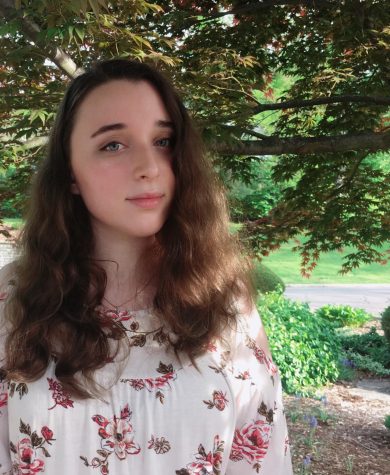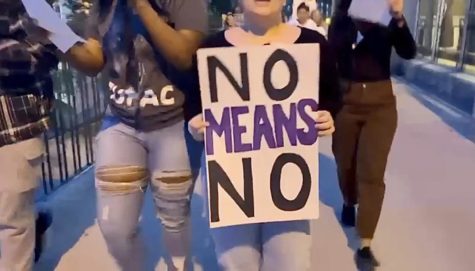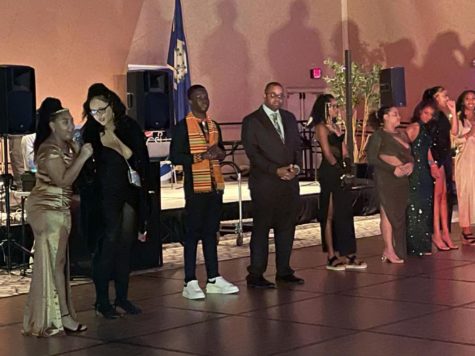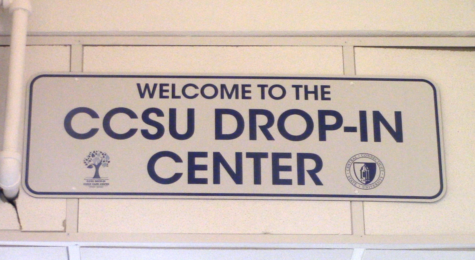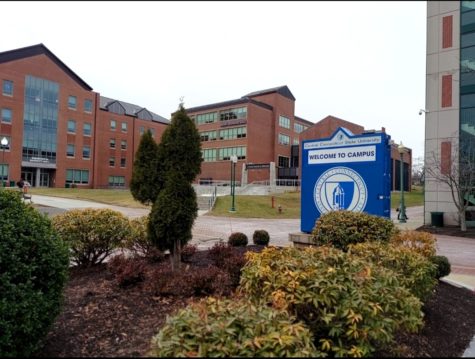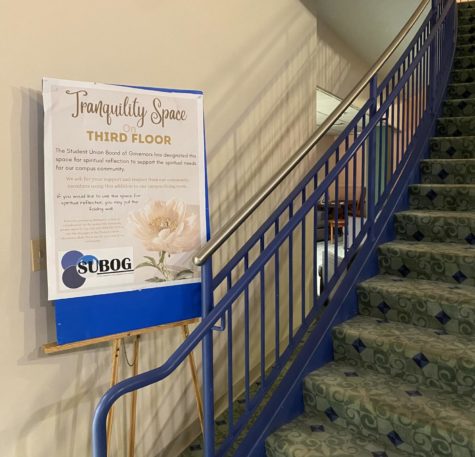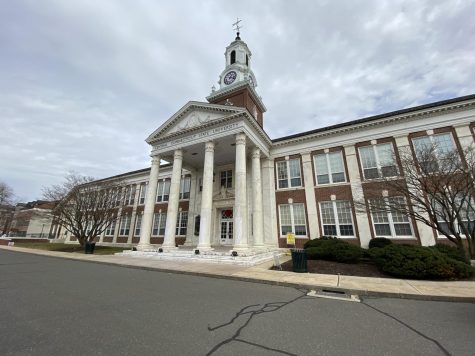‘Recovery Is Not Owned, It’s Rented’
Jennifer Murray, middle, poses with Fox 61 reporters for an article earlier this year.
January 30, 2019
Drugs kill. More than 70,000 Americans lost their lives to fatal overdoses in 2017, according to the Centers for Disease Control and Prevention. Connecticut contributes highly to nationwide deaths yearly, the state’s Office of the State Medical Examiner charting 515 fatal overdoses in the first half of 2018 alone.
Jennifer Murray was nearly an addition to the statistics – she had three almost-fatal overdoses. Her fight against addiction has spanned over 15 years, beginning in high school.
“It started with marijuana and beer,” Murray said. “Eventually, one drug is not enough to satisfy your cravings and your high.”
After transferring because of bullying, Murray abused drugs and alcohol to “numb the pain.” During her senior year, she began using cocaine, heroin and ecstasy; mixing opiates with prescription drugs Klonopin and Xanax also became a habit. Her new “friends” helped supply her, and the money she earned from working part-time went toward illicit substances. She stole from her parents to buy drugs, too – they’ve forgiven her so she would be able to “move forward with [her] life.”
Her parents, Murray said, knew something was off. She eventually confessed to them that she was addicted, but then insisted she was clean as to not worry them.
“I was very good at convincing them that I was sober. But they could tell by my behaviors that something was still wrong,” Murray explained. “My mother never kicked me out. She kept me home and said, ‘Well, if she’s gonna get high, she’s gonna get high, and if she’s here, I’ll know she’s safe and not on the streets dying.’”
Family members thought Murray’s mother was enabling her, but the methodology ended up saving her daughter’s life: when Murray overdosed, it was her mother who revived her.
“My mother found me twice of the three times. I was blue,” Murray recalled. “She saved me. It’s a really tough spot for parents to be in.”
After the third overdose, Murray got clean and stayed sober for over five years. However, in 2018, her family home burned down and her pet therapy cat perished in the flames. She also lost her job in the recovery field from state budget cuts. It all led to her relapsing multiple times with heroin and alcohol then.
Yet, Murray immediately got back on the path to recovery, wanting “the feeling that [she] first felt when [she] got clean.”
“I was free. My body wasn’t numb anymore,” Murray stated. She currently goes to a methadone clinic and practices “self-care,” which includes meditation and coloring – she still has trouble staying in the lines. “If you don’t do something every day to work on your recovery, you’re already setting yourself up for a relapse.”
Nearly all of Connecticut’s drug deaths are related to opioids. According to Diana Lejardi, spokesperson for the state’s Department of Mental Health and Addiction Services (DHMAS), that makes it an epidemic.
“We’ve seen a significant increase in overdose deaths related to heroin, fentanyl and other opioids. We’ve seen an increase in DHMAS services supplied to people and a significant spike in recent years in the number of people we’re treating for opioid addiction,” Lejardi said.
DHMAS works with the state legislature and the federal government to help those addicted, whether that be through detox or inpatient care. Lejardi mentioned a law passed in 2016 that limits the number of prescription opiates a physician can prescribe to a patient, as well as a $5.5 million grant from the federal government to help fund related programs.
“The legislature will propose bills and we’ll provide feedback, or ways that we may want to tweak it or how to make it better so it serves its purpose,” Lejardi added.
The epidemic is also of alarming concern for college campuses. At Central Connecticut, the Office of Wellness Education is working to prevent students from addiction.
“We know that there are a number of students using illicit substances,” Jonathan Pohl, coordinator for the office, said. “We try to help educate them to the general hazards.”
“People believe that prescription drugs are safe, but that’s under a physician’s care. The assumption is that, if it’s prescription, it’s safe and it’s not,” he continued.
Murray is a testament to that. But she’s also a testament to recovery. During the interview for this article, she was in the process of moving to North Stonington for a new job as a caregiver. She wants to return to school to be a social worker in the recovery field and she’s looking after herself to prevent future relapses.
“Recovery is not owned, it’s rented, so get up and pay your rent every day,” Murray said, adding that, while she can’t take credit for the “recovery is not owned, it’s rented” part of the quote, the second half is very much hers and very much what she lives by.

